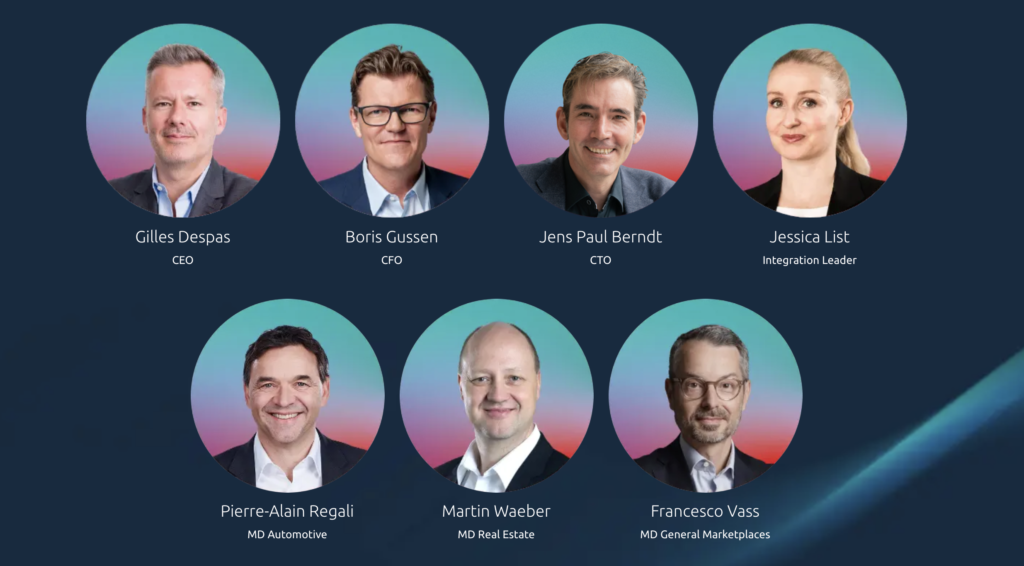On AutoScout24, demand for the Chinese car brand BYD has quadrupled within a year. While German manufacturers are experiencing fluctuating demand, Chinese brands are gaining attention. These developments reflect a shift in user search behaviour.
Despite ups and downs, Mercedes-Benz remained one of the most searched-for brands on AutoScout24 in February 2025, with 9.6 million searches. Similar patterns were seen with Audi (7.4 million searches) and Volkswagen (6.2 million searches). German brands are also strong on the supply side: in February 2025, over 25,000 Mercedes-Benz vehicles were listed on AutoScout24, along with 23,000 Volkswagens, 18,000 Audis, and 6,463 Porsches.
Porsche listings rise after profit slump
After Porsche announced a drop in profits of over 30% in mid-March, the number of listings for the brand on AutoScout24 slightly increased (+1.5%). This marked the highest weekly number of Porsche listings in the past two years. If supply continues to grow, this could lead to falling prices for the premium brand in the coming months. “Economic uncertainties and geopolitical tensions are clearly impacting supply, demand, and prices in the used car market,” says Alberto Sanz de Lama, Managing Director of AutoScout24.
Strong demand for Chinese car brands
While German brands face global market fluctuations, demand for Chinese cars on AutoScout24 continues to rise. In February 2025, BYD was searched for over 87’000 times. Although this is still low compared to Mercedes-Benz, the year-on-year growth is significant. Since February 2024, searches for BYD vehicles have increased by more than 303%. In comparison, Mercedes-Benz recorded an increase of just 7.61% during the same period. Emerging Chinese brands are also gaining visibility. Over the past twelve months, search volumes increased by 82 for Dongfeng, by 7’300 for XPeng, and by 8’875 for Leapmotor. Interest in established brands such as Great Wall Motors and Changjiang remained stable, while searches for NIO declined in favour of newer, up-and-coming Chinese brands. This shows that more and more Chinese manufacturers are gaining traction, giving car buyers a wider range of options.
Despite growing interest, the number of Chinese vehicles available on the Swiss used car market remains low. In February 2025, only 39 BYD vehicles were listed on AutoScout24. One reason for the low presence is that Chinese brands have only recently begun entering the European market, which is now slowly affecting the availability of used models in Switzerland. “There is currently a clear gap between demand and availability – a typical pattern for new brands still establishing themselves in a new market,” says Sanz de Lama.
Related Articles in the AutoScout24 Magazine:
Data Basis
The analysis is based on search and listing data from AutoScout24 Switzerland. German and Chinese car brands were analysed for the period from 1 January 2024 to 28 February 2025, regardless of body type or drivetrain. For demand data, only searches on autoscout24.ch were considered. The analysis includes both new and used vehicles.

Saskia Iten
PR & Communications Manager
[email protected]

